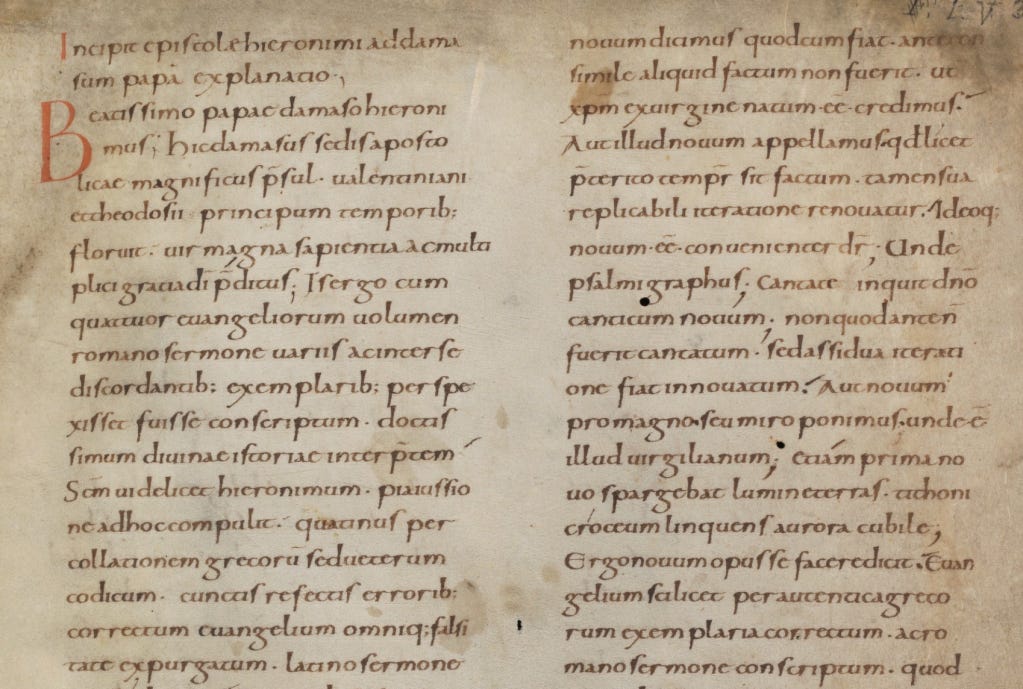Reading continents

My heart misses a beat (and that's quite often) each time I read popular books about the history of the world which marginalis…
Keep reading with a 7-day free trial
Subscribe to Biblonia to keep reading this post and get 7 days of free access to the full post archives.

